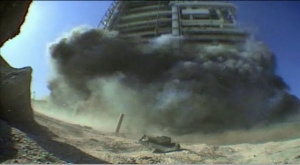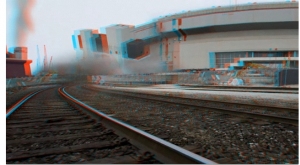3D rig showdown – side-by-side? Beam splitter? Both
Two is better than one, right? We’re getting a clearer idea of what it will take to shoot our inaugural 3D documentary: To effectively capture Blowdown in the third dimension we’ll need two different kinds of rigs.
For our A cams – we need a handheld, side-by-side rig, with all of these components:
– Heads – sensor – two Iconix cameras;
– “Brain box” to control Iconix cameras;
– Lenses that attach to the Iconix sensors;
– Convergent design 3D Nano-Drives;
– Interaxial sliders for the heads; and
– A handheld rail system
For our B cams, we’ve decided a beam splitter rig’s the way to go.
So we’ve ordered 3D Film Factory’s BS Indie Rig. It’s $2,900, pre-paid and no returns.
Hope it works.



